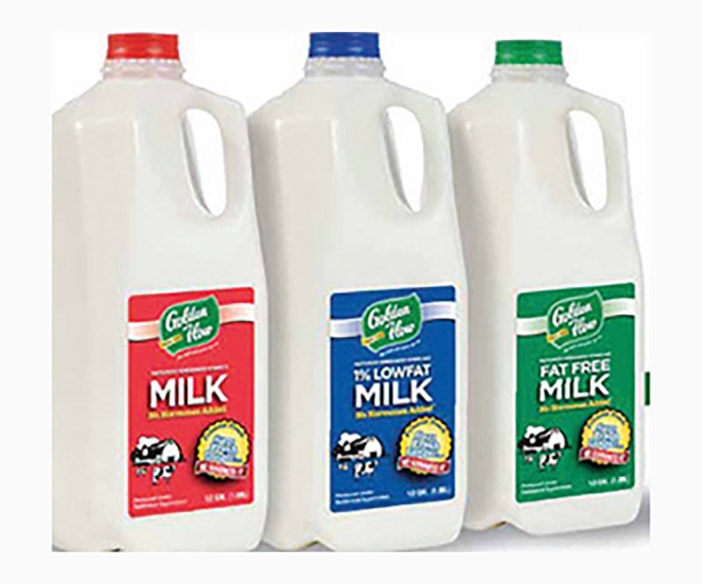
My parents were born and bred on New York’s legendary Lower East Side. It’s where my grandparents lived when they came to America as well.
For the first seven years of my life, my family lived at 550 Grand Street, a block away from the FDR Drive and the East River. Before we moved to Monsey, the summer before I entered second grade in August 1988, I attended Mesivta Tiferes Yerushalayim (MTJ). I don’t have too many memories of those early years, but there are a few I cannot forget. I remember getting in trouble in Pre-1A for blowing out the Shabbos candles during a Friday morning Shabbos party. I think I’ve gotten past that trauma.
My first grade rebbe, Rabbi Blank, was a wonderful rebbe and had some unique idiosyncrasies. One of his famous ones was that whenever he would pour milk for a student he would lift his hand as he was pouring. By the time the cup was filled, he would be standing on a chair pouring with perfect precision so that not one drop fell outside the cup.
On one occasion, Rabbi Blank went beyond the chair until he was actually standing on the table, all the while still pouring. At that point the student decided that was enough milk for him, and he promptly pulled away his cup, causing a messy flow of milk to spill everywhere.
The Kotzker Rebbe notes that in our davening we refer to Shavuos as the holiday of the giving of Torah, not the holiday of our accepting of Torah. This is because on Shavuos each year Hashem offers us the Torah anew. Whether we decide to accept it, and to what degree we invest the effort to reaccept it, is our prerogative. We are like the child holding the cup as the milk is being poured. If we decide to pull our cup away, we will be depriving ourselves.
The analogy is apt because of the well-known custom to partake of milk and dairy products on Shavuos.
One of the many reasons for the custom is that an infant after birth requires no other food or nourishment aside from its mother’s milk. Amazingly, studies have shown that when a child nurses from its mother, the milk adapts to the child’s system, causing the mother to produce needed antibodies to ward off infection in the infant. Thus, the mother’s milk not only nourishes, it also protects and helps the child develop and mature.
On the day when we celebrate the giving of the Torah we celebrate the fact that the Torah alone provides our spiritual nourishment and spiritual protection. When we commit ourselves to Torah learning and Torah living we don’t need anything more for our spiritual development.
One final point about milk. Chalav Yisrael companies produce three types of milk. Regular milk has a red cover, skim milk has a blue cover, and 2 percent fat has a green cover. Based on those covers it has become common lingo for people to ask for green, blue or red milk, depending on their personal preference.
Someone noted that if there really was green milk no one would go near it. The reality is that all milk is white; the difference is only in regard to fat content.
The Torah too presents to us many colors—there is no one “flavor” of Torah. Some find their souls ignited by chassidus, others by mussar. Some are inspired by a vort on the parsha or an incredible story, while others seek intricate intellectual lomdus. Some enjoy iyun, delving into a Talmudic topic in depth, while others are more inclined toward bekius, a more basic understanding that allows for more rapid learning. There are master poskim whose breadth of knowledge allows them to state on-the-spot halachic rulings with conviction, while others may be able to share the “reid on the sugya” without having a definitive conclusion. As long as it’s all nourishing milk, the color doesn’t matter.
It’s only if the milk itself begins to change color that we need to maintain our distance. Such milk can cause great risks to our spiritual health.
Shavuos has passed, but the beautiful lesson and inspiration should remain with us all year.
By Rabbi Dani Staum
Rabbi Dani Staum, LMSW, is the rabbi of Kehillat New Hempstead as well as a rebbe and guidance counselor at Heichal HaTorah in Teaneck, New Jersey, principal at Mesivta Ohr Naftoli of New Windsor and a division head at Camp Dora Golding. He can be reached at [email protected].
Looking for “Instant Inspiration” on the parsha in under five minutes? Follow him on Torahanytime.com.













